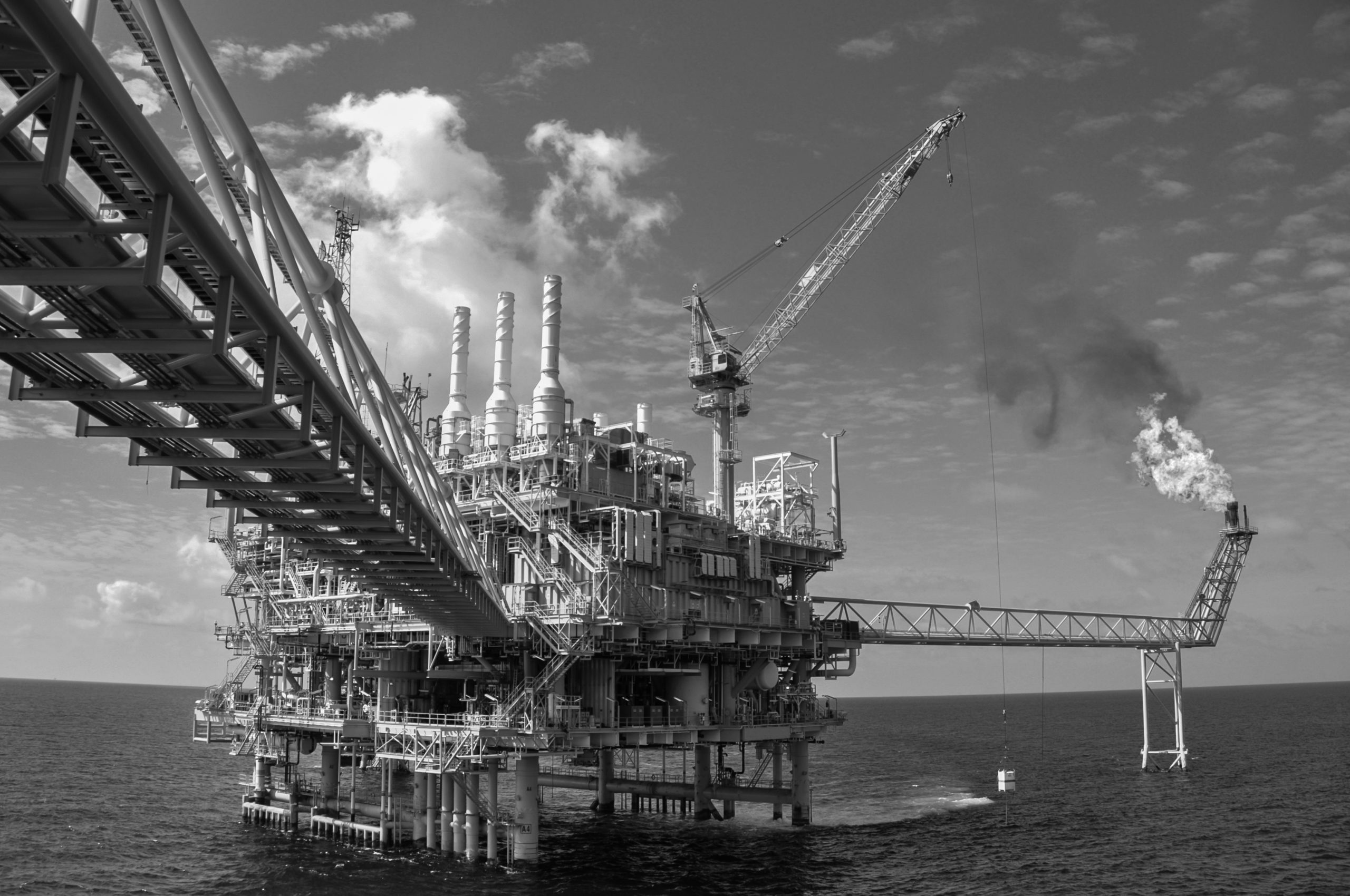The origins of the European gas market go back to the discovery of large reserves of natural gas, firstly the giant onshore Dutch Groningen field (1959) and then a string of early UK Southern North Sea fields from 1965. In the early 1970s, a nascent European gas network of around 100 bcm was focused on these two countries.
From 1970 to 2010, the European gas market grew beyond all expectations to around 550 bcm (stabilising since). Growth was underpinned by rapid evolution of technology, regulation and commercial structures. This in turn supported very large scale investment in gas infrastructure across what has become a highly interconnected and liquid pan-European market.
Here endeth the history lesson. Today we are going to focus on the next 40 years.
In last week’s article we summarised different potential technologies that can facilitate decarbonisation of gas. In this week’s article we look at 3 potential pathways to decarbonise the European gas market. Next week we then consider the potential impact of these pathways on the gas value chain and its key players in our final article in this series.
Is low carbon gas the 3rd key pillar of the European energy transition?
The energy transition has to date taken shape around the development and deployment of renewable electricity generation technology. Renewables represent a first key pillar of the transition, given they facilitate large scale generation of low carbon electricity.
Electricity storage is rapidly emerging as a second key pillar. Electricity storage will help solve the challenge of ‘firming’ intermittent renewable output by enabling the movement of electricity across time periods of variable wind and solar output. However storage technology developed to date is focused on short term intra-day balancing and grid services rather than shifting large volumes of energy across weeks or seasons as is required in Northern Europe.
The combination of renewables and storage has provided the tools to kick start decarbonisation of the power sector, albeit with a range of flexibility issues that currently still depend on natural gas. The energy transition will next move to the much broader electrification of other carbon intensive sectors, firstly transport and eventually heat and industry. But there are currently substantial gaps in what electrification can practically achieve in terms of decarbonisation given today’s technology.
As a result, low carbon gas is gathering momentum as a third key pillar. It has the potential to address load shifting in the power sector as well as decarbonisation of heat & industry. Green gas, particularly in the form of hydrogen, has the potential to solve many of the remaining ‘hard to reach’ decarbonisation challenges.
Gas can reach areas that are difficult to electrify
Fully decarbonising the power sector with renewables & storage alone is shaping up to be a difficult challenge. Low carbon gas represents a large scale secondary source of flexibility alongside electricity storage e.g. to tackle weekly and seasonal load shifting.
There are also substantial parts of the heat, industrial & transport sectors which may be easier to solve with low carbon gas than electrification. This includes:
- ‘on demand’ domestic heating which is difficult to achieve rapidly with heat pumps
- industrial process heat where equipment design and electricity cost could render European industries non-viable compared to those elsewhere which are not subject to decarbonisation policy on a comparable scale
- decarbonising air transport and heavy shipping (via hydrogen)
So what are the potential paths that the European gas market could follow towards a low carbon future?
3 pathways to decarbonisation
40 years is a long time horizon. Overlay accelerating decarbonisation measures and the pace of technology evolution and it is fair to say that the future of the European gas market looks very uncertain.
The risks associated with this level of uncertainty mean it is important to understand what could happen to the value of gas assets and portfolios. This in turn requires a pragmatic framework to assess potential outcomes while recognising uncertainty.
In Table 1 we have developed 3 high level pathways for decarbonisation of the European gas market by the 2050s. These are not scenarios that pick technologies and outcomes. Instead, each pathway represents a set of drivers that combine to work towards decarbonisation.
